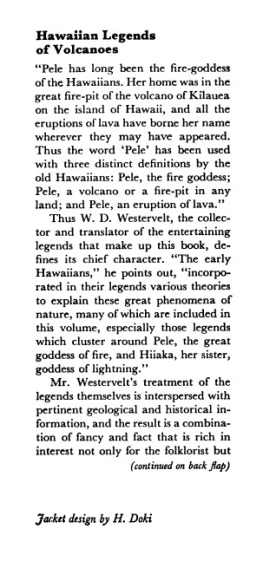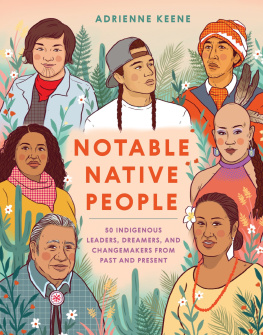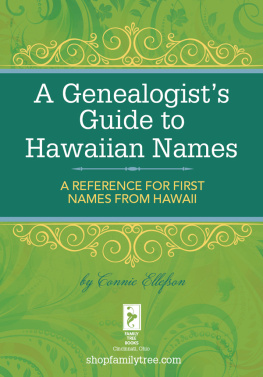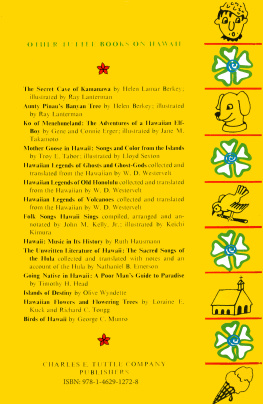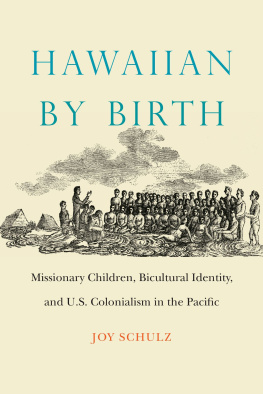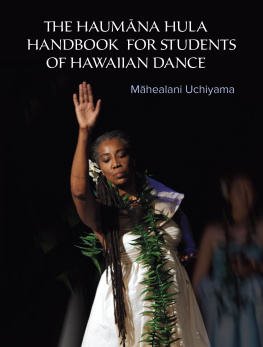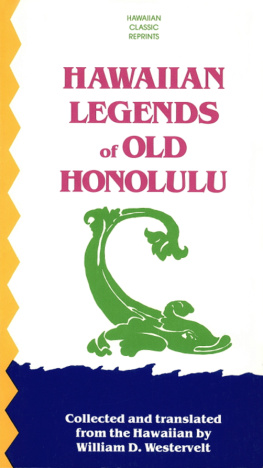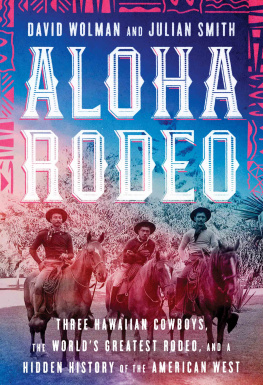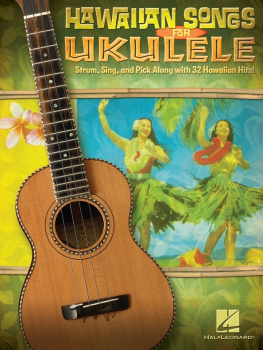Contents
Guide
Pagebreaks of the print version
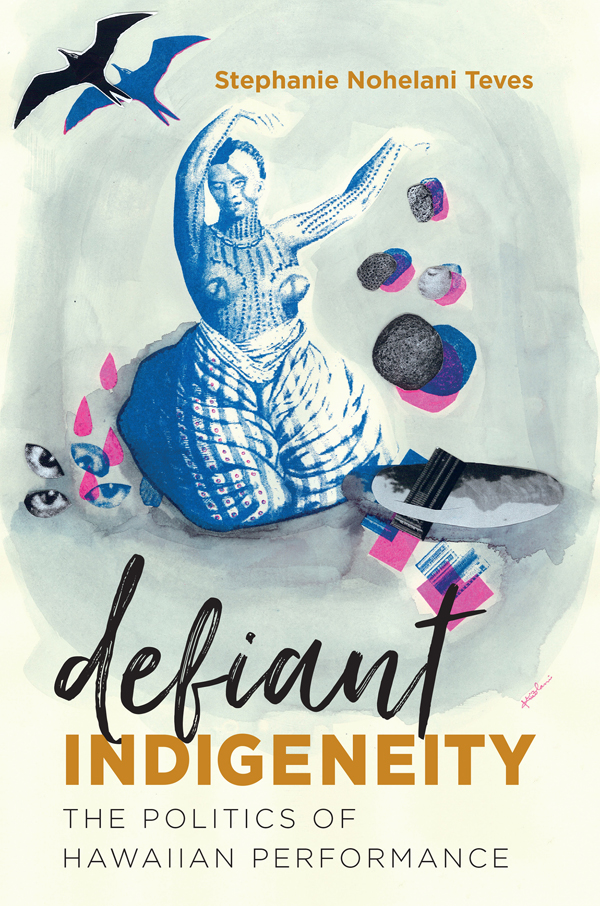
Defiant Indigeneity
CRITICAL INDIGENEITIES
J. Khaulani Kauanui and Jean M. OBrien, series editors
Series Advisory Board
Chris Andersen, University of Alberta
Irene Watson, University of South Australia
Emilio del Valle Escalante, University of North Carolina at Chapel Hill
Kim TallBear, University of Texas at Austin
Critical Indigeneities publishes pathbreaking scholarly books that center Indigeneity as a category of critical analysis, understand Indigenous sovereignty as ongoing and historically grounded, and attend to diverse forms of Indigenous cultural and political agency and expression. The series builds on the conceptual rigor, methodological innovation, and deep relevance that characterize the best work in the growing field of critical Indigenous studies.
Defiant Indigeneity
The Politics of Hawaiian Performance
Stephanie Nohelani Teves
The University of North Carolina Press CHAPEL HILL
This book was published with the assistance of the Anniversary Fund of the University of North Carolina Press.
2018 The University of North Carolina Press
All rights reserved
Set in Espinosa Nova by Westchester Publishing Services
Manufactured in the United States of America
The University of North Carolina Press has been a member of the Green Press Initiative since 2003.
Library of Congress Cataloging-in-Publication Data
Names: Teves, Stephanie Nohelani, author.
Title: Defiant indigeneity : the politics of Hawaiian performance / Stephanie Nohelani Teves.
Other titles: Critical indigeneities.
Description: Chapel Hill : University of North Carolina Press, [2018] | Series: Critical indigeneities | Includes bibliographical references and index.
Identifiers: LCCN 2017033929 | ISBN 9781469640549 (cloth : alk. paper) | ISBN 9781469640556 (pbk : alk. paper) | ISBN 9781469640563 (ebook)
Subjects: LCSH : HawaiiansEthnic identity. | HawaiiansSocial life and customs. | HawaiiansSocial conditions. | HawaiiansGovernment relations.
Classification: LCC DU 624.65 . T 48 2018 | DDC 305.899/42dc23
LC record available at https://lccn.loc.gov/2017033929
Cover illustration: N Mokuna Palaweka (riso, watercolor, and ink) by Amberlee Kiolani Cotchay. Used courtesy of the artist.
Portions of this book were previously published in a different form. An earlier version of chapter 1 was published as Aloha State Apparatuses, American Quarterly 67, no. 3 (Fall 2015): 70526; chapter 2 originally appeared as Bloodline Is All I Need! Defiant Indigeneity and Hawaiian Hip-Hop, American Indian Culture and Research Journal 35, no. 4 (2011): 73101, and is used here courtesy of the American Indian Studies Center, UCLA, Regents of the University of California Press; and chapter 3 was published as Cocoa Chandeliers Confessional: Kanaka Maoli Performance and Aloha in Drag, in Critical Ethnic Studies: An Anthology , edited by Nada Elia, David M. Hernndez, Jodi Kim, Shana L. Redmond, Dylan Rodriguez, and Sarita Echavez See (Durham, NC: Duke University Press, 2016), 280300.
For my parents
Contents
Figures
Preface
Throwing Mangoes at Tourists
I grew up across the street from the most visited tourist site in the Western Pacific, the USS Arizona Memorial, a U.S. National Monument located at Pearl Harbor, where two million tourists visit annually. Knaka Maoli (Native Hawaiians) called this area Puuloa (the many waters of the long hill), known for its abundance of fishponds, loi kalo (taro patches), and oyster beds. Soon after the Hawaiian Kingdom was overthrown in 1893, the U.S. Navy took formal control in 1899, turning Pearl Harbor into the Pacific seat of U.S. empire, making it a military target. As the story goes, Pearl Harbor was bombed by the Japanese in 1941 in what was then considered the most deadly attack on U.S. soil, leading to the institution of martial law and solidifying the idea that Hawaii needed the United States for protection. For Knaka Maoli especially, Pearl Harbor serves as an enduring reminder of our multiple levels of lossof our kingdom, of the sovereignty of the land and ocean, and of our status as a people. As kids in the 1980s, we would watch from behind chain-link fences as busloads of tourists unloaded to pay homage to their fallen. We would stare at themmostly haole and Japanese tourists in their generic aloha attireand gather rotten mangoes from nearby trees, throwing them over the fence. Our collective aim was poor, but a couple of times we hit the tour buses. We mostly spattered the sidewalk with rotten mangoes.
We were kids who lived in public housing, in three-story walk-ups, in the shadow of U.S. empire. We were the descendants of Hawaiians who grew up in the territory and statehood period, whose parents and grandparents witnessed Oahus accelerated urbanization, during a time when people were told to stop speaking Hawaiian, to embrace the United States, when tourism it was said, was good for Hawaii and that we needed to share our aloha. Our parents did not have Hawaiian names, but we did. Hawaiians, back then, didnt call themselves Knaka Maoli, and many still dont. They grew up listening to American rock and roll and Motown. They joined the U.S. military; they listened to the music of The Sunday Mnoa; they reveled in the opening of the Ala Moana Shopping Center; they went to the Hawaii Woodstock in Diamond Head Crater; they were against the ongoing military usage of Kahoolawe but were suspicious of the general fight for Hawaiian sovereignty. They told us that if it werent for America, Japan would have taken us over. They made fun of us for believing in Hawaiian sovereignty at the same time they wore shirts with Hawaiian warriors on them.
These conflicting messages were in full bloom in the late 1980s and early 1990s as the seeds of the Hawaiian Renaissance materialized in the Hawaiian sovereignty movement, causing enormous political and cultural rifts across Hawaiian, local, and haole communities. In 1993 a number of public events commemorated the overthrow of the Hawaiian Kingdom, including a five-act dramatization of the overthrow, the draping of Iolani Palace in black, the lowering of the American flag at the state capitol, and a march through the streets of Honolulu, where over 20,000 people rallied for Hawaiian sovereignty, forcing all of Hawaii to see that we [Hawaiians] are still here. These were public displays and performances of Hawaiian unrest and defiance. I was inspired! As a young teen, I watched these events on the evening news with my parents, who shook their heads at the so-called rowdy Hawaiians. My father joked with me: What, Lani, you tink you sovereign?
This period of time in Hawaii presented a number of paradoxes for young Knaka Maoli like myself. Our teen angst attempted to reconcile expressions of Hawaiian pride and sovereignty alongside the pervasive feeling that such expressions were futile in the face of U.S. colonialism. I mostly learned about sovereignty by watching the local news and listening to songs on Hawaiian radio stations. No one in my family seemed to be influenced by it; in fact, they seemed against it. Hawaiian sovereignty became everyday conversation because the local media villainized Hawaiian activists such as the famous Trask sisters, Haunani-Kay and Mililani, or Bumpy Kanahele, before he essentially played himself in the Cameron Crowe flop Aloha (2015). As a teenager, I borrowed Haunani-Kay Trasks From a Native Daughter (1994) from the public library. I read it cover to cover and created handwritten copies of many of the pages, which I then recited on the city bus, irritating all of my friends. I did not understand what sovereignty or nationalism was, but I knew it meant Hawaiians had to fight for our rights. I sang Haikane songs about Hawaiian independence while hanging off the back of my dads El Camino. I went to punk shows with mostly haoles and some locals and other Knaka Maoli who hated how mainstream everybody was.


